– Actualizado 29/04/2016 16:28 min
Todo comienzo del año, Foz de Iguazú recibe un gran número de jóvenes de los países latinoamericanos, que vienen a tri-nacional frontera en busca de la formación profesional y los nuevos conocimientos. Ellos vienen a estudiar en la Universidad Federal de la Integración Latinoamericana (UNILA). Instalado hace seis años en la ciudad, UNILA recibe, además de los estudiantes brasileños, los estudiantes de América del Sur, América Central y el Caribe.
Actualmente, la institución cuenta con 3.150 estudiantes: 2.050 y 1.100 brasileños de 16 otros países.La novedad de 2016 fue la llegada de los estudiantes de otros países de América.jpg) Centroamérica y el Caribe. Hasta el año pasado, los únicos representantes de estas regiones eran estudiantes de El Salvador y Haití. En el año 2016, en que se agregaron al marco de la juventud de Costa Rica, Cuba, Guatemala, Panamá y la República Dominicana, el aumento de la diversidad cultural y ayudando UNILA para cumplir su misión institucional de formar recursos humanos para América Latina.
Centroamérica y el Caribe. Hasta el año pasado, los únicos representantes de estas regiones eran estudiantes de El Salvador y Haití. En el año 2016, en que se agregaron al marco de la juventud de Costa Rica, Cuba, Guatemala, Panamá y la República Dominicana, el aumento de la diversidad cultural y ayudando UNILA para cumplir su misión institucional de formar recursos humanos para América Latina.
La mayoría de estos jóvenes vienen a UNILA con el fin de obtener una formación de calidad para volver posteriormente a sus países de origen y aplicar los conocimientos adquiridos. Este es el plan de Raime Díaz, que es parte del grupo de los primeros cuatro cubanos a unirse a la institución. Raime estaba estudiando Ingeniería Eléctrica en La Habana, cuando se enteró del proceso de selección UNILA y optó por probar un lugar en el curso de Economía. «Creo que tener clases con estudiantes y profesores de otros países nos permite ver nuevas soluciones y posibilidades mucho más allá de las fronteras. Al mismo tiempo estoy en Brasil, el cumplimiento de la cultura brasileña, tienen colegas uruguayos, colombianos, haitianos y otros países, cada uno con una visión del mundo y una cultura diferente, lo que ayuda a enriquecer nuestra formación «, dijo Raime
.jpg) Las clases del año escolar de 2016 comenzó un poco más de un mes. A pesar de un breve periodo de tiempo para cumplir con todas las posibilidades de la carrera, el estudiante de medicina Aroly Ramírez ya ve posibilidades de acción en su país natal, la República Dominicana.»Mi principal objetivo es investigar y aplicar métodos de prevención, que es la forma más sencilla y precisa para ayudar a la población de mi país en materia de salud. En la República Dominicana, al igual que en gran parte de América Latina, la medicina preventiva es una gran necesidad «, describió el estudiante de 19 años. Aroly citó la diversidad cultural y la interdisciplinariedad de las carreras de grado como los aspectos de la UNILA de las que es más como él.
Las clases del año escolar de 2016 comenzó un poco más de un mes. A pesar de un breve periodo de tiempo para cumplir con todas las posibilidades de la carrera, el estudiante de medicina Aroly Ramírez ya ve posibilidades de acción en su país natal, la República Dominicana.»Mi principal objetivo es investigar y aplicar métodos de prevención, que es la forma más sencilla y precisa para ayudar a la población de mi país en materia de salud. En la República Dominicana, al igual que en gran parte de América Latina, la medicina preventiva es una gran necesidad «, describió el estudiante de 19 años. Aroly citó la diversidad cultural y la interdisciplinariedad de las carreras de grado como los aspectos de la UNILA de las que es más como él.
Integración por la vida
Con 17 nacionalidades presentan, UNILA permite a sus estudiantes que conviven con personas de países distantes geográficamente. Esta experiencia no sólo sucede en el aula y actividades académicas. Muchos estudiantes viven juntos en la cubierta del estudiante alquilado por la institución – destinados a los estudiantes de bajos ingresos solamente probados – y también en las repúblicas montados por los propios estudiantes. Para la estudiante colombiana Paula Andrea Beltrán, esta coexistencia era esencial para superar las dificultades de los primeros días en el nuevo país.
«Además de la diferencia de idioma, en un principio había muchas cosas que aún no se entienden, como la operación del transporte público, la dinámica de la Universidad y otros detalles que son parte de nuestra nueva rutina en Brasil. Pero lo importante es que nos ayudemos unos a otros, creando una camaradería y una unión temprana «, dijo el estudiante de primer año de Ciencias Biológicas. Paula vive con otros estudiantes de primer año de Paraguay, República Dominicana y Haití. Países antes de llegar a la UNILA, que sólo conocía por los libros de texto. «Es muy interesante para estar con la gente de estos países conocen su música, su comida, escuchando los acentos de cada región», agregó.
Para la boliviana Coca Marisol Calderón, por supuesto Salud Pública, esta coexistencia es el primer paso para lograr la integración de América Latina. «A veces» integración latinoamericana «el término parece algo utópico. Pero yo creo que la integración comienza allí, con el conocimiento, la convivencia y el respeto «, concluye el académico. Marisol procedía de la ciudad de Cochabamba y tiene el sueño de trabajar en proyectos de promoción de la salud pública en las zonas rurales de su país.
Paraguayos son aún más entre los extranjeros
A pesar de la UNILA recibir estudiantes de los países más distantes, Vecinosparaguayos son todavía los que buscan más la Universidad entre los extranjeros. En 2016, el 40% de los nuevos estudiantes extranjeros procedía de Paraguay. En total, 118 paraguayos matriculados. Muchos de ellos cruzan el Puente de la Amistad a diario para estudiar en la Institución iguaçuense. «UNILA es una oportunidad para que muchos paraguayos seguir carreras que sólo existe en las universidades públicas de Asunción. Así que podemos estar cerca de casa y tienen una educación pública y de calidad superior «, dijo Johana Scarlet Roca Giménez Ibáñez, Urbanismo Arquitectura curso.
Después de Paraguay, los países que tenían los estudiantes matriculados en el curso académico 2016 fueron Colombia (72), Argentina (20), Perú (13), Chile (12) y Bolivia (12).
Fuente: https://www.unila.edu.br/es/noticias/interculturalidade
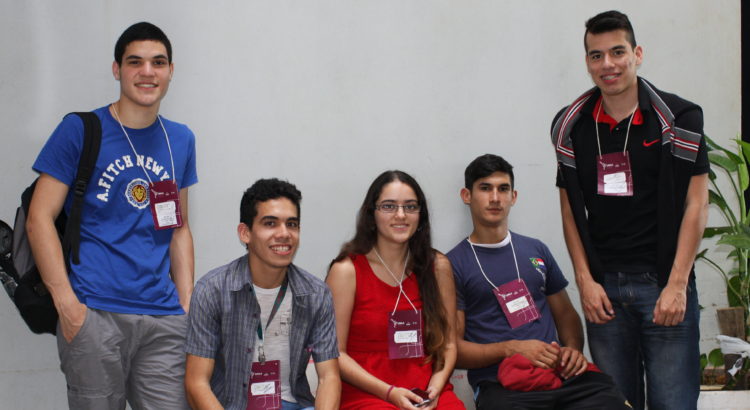



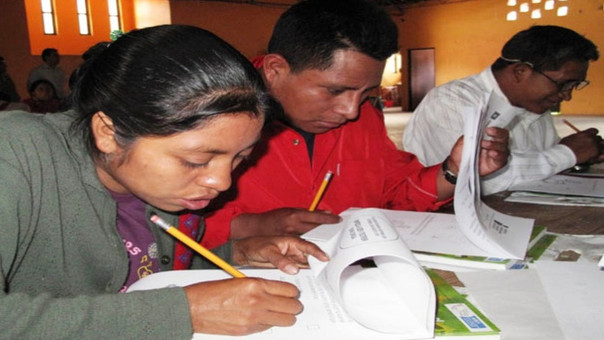
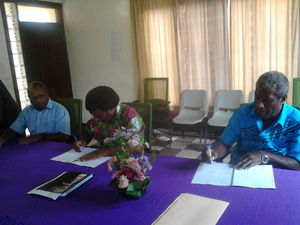
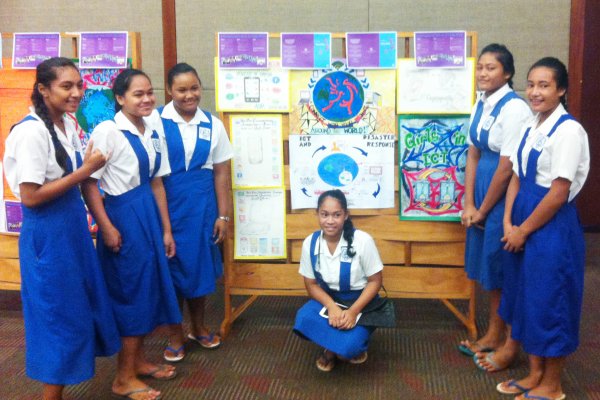
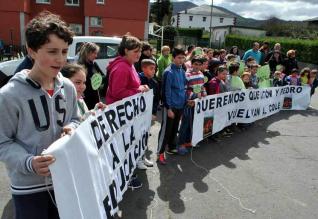
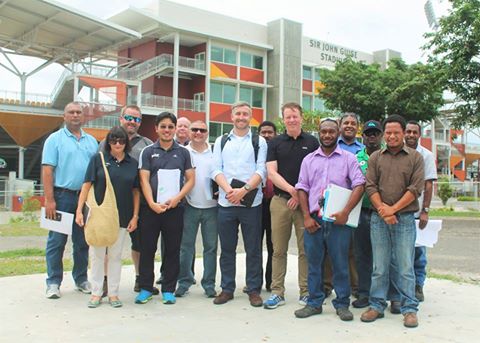





 Users Today : 48
Users Today : 48 Total Users : 35421332
Total Users : 35421332 Views Today : 53
Views Today : 53 Total views : 3356091
Total views : 3356091